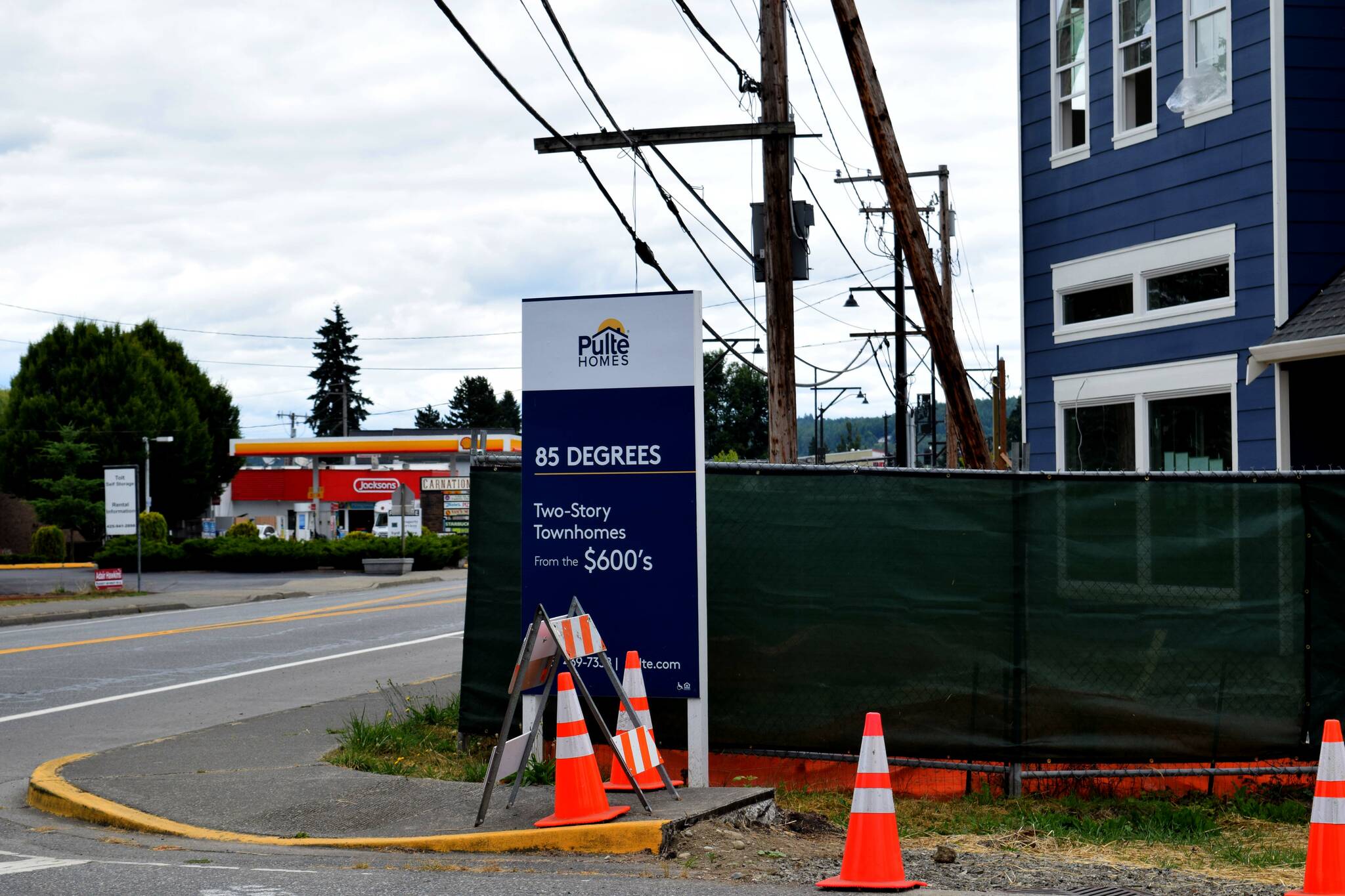Carnation city officials said the city will be unable to hit a state-issued housing target and will plan to accommodate fewer homes over the next two decades unless additional infrastructure needs can be met.
Without country or state investment in city roads, sidewalks, public safety and other municipal services, Carnation officials said their prescribed goal of 799 new housing units by 2044 is unfeasible.
Instead, the city plans to accommodate 361 new units over that same time frame, a number city officials said is within reach for the small city.
“We feel this is a far more reasonable target,” City Manager Ana Cortez wrote in an open letter attached to the city’s housing action plan.
Carnation’s population had remained relatively stagnant for most of the 2000s, hovering around 1,800 people, but increased over the past decade. The city currently has about 2,200 people, according to Census data.
Cortez said accommodating 361 new housing units would add about 1,000 new residents to the city over the next two decades. Over 220 of those units have already been permitted and are in the city’s development pipeline, she said.
Carnation has the land capacity, water and sewer to sustain 799 new units, Cortez said. But the move, which she estimates would bring the city’s population to over 4,300 people, is unfeasible without financial support from King County.
King County’s philosophy toward Carnation has historically been farmland preservation, Cortez said, without a significant investment in plans for growth.
Cortez said the chief infrastructure shortfall is in transportation, roads and sidewalks. State Route 203, a two-lane highway, is notably the only way in and out of the city and has few options for upgrades. Beyond greater investments are also needed in public safety, recreation and social services, Cortez said.
The city’s housing targets are a requirement under the Growth Management Act, a series of laws first introduced in the 1990s requiring certain parts of the state to periodically plan for growth.
The State Department of Commerce assigns King County a countywide housing target. County and city leaders then negotiate over how best to spread that growth between each city.
Carnation’s target of 799 did not get handed down by Olympia or King County, Cortez said, but rather was accepted by prior city staff in Carnation without input from city councilmembers.
“Because this was never brought to council, the decision was just made,” Councilmember Adair Hawkins said at a prior council meeting.
While King County doesn’t require housing targets to be approved by the local legislative body, Cortez emphasized that elected officials, not city employees, should determine policy decisions. The prior city staffers who accepted that number did nothing wrong, she said, but “didn’t exercise good judgment.”
Mayor Jim Ribail said if the council had an opportunity to negotiate over its targets, they would have raised concerns about meeting a target without investment from the county in roads or other needs.
“This council did not get an opportunity to say ‘if you want us to hit this, this is what we need,’” he said.
In meetings, other Valley leaders from Snoqualmie and North Bend also pushed back on their assigned housing targets, Ribail said, calling them “over the top.”
Snoqualmie, which is expected to add 1,500 new units by 2044, plans to ask the county for a reduction to that number because of constraints on buildable lands within city limits.


